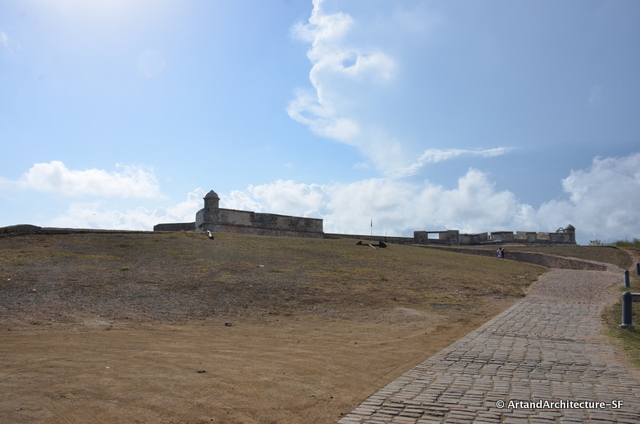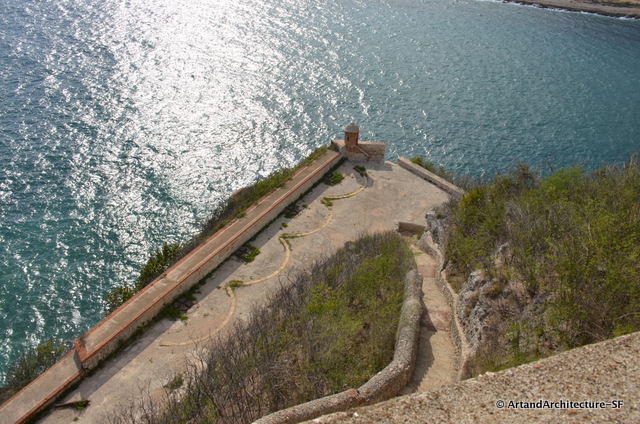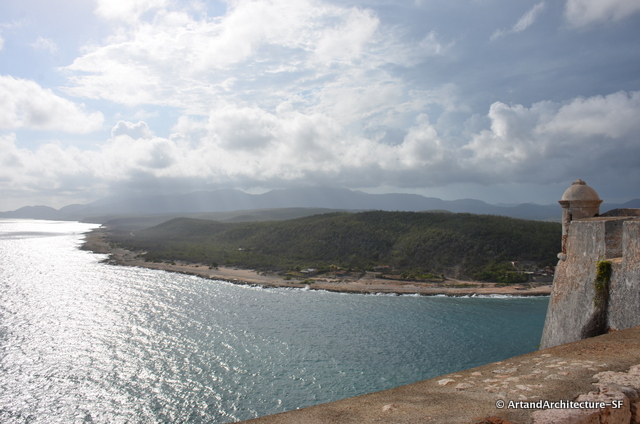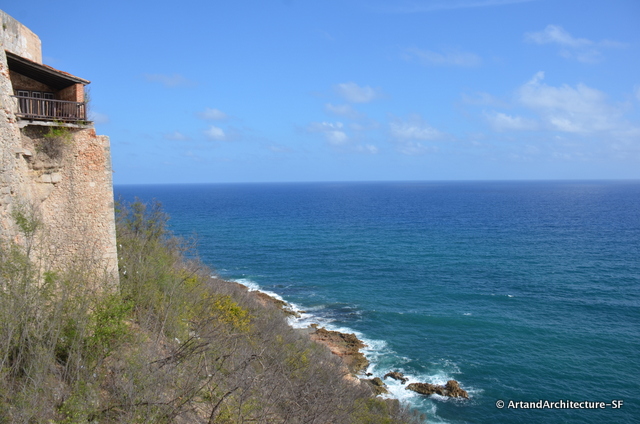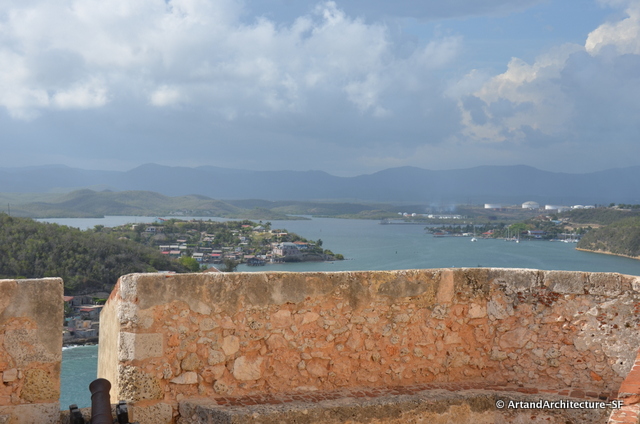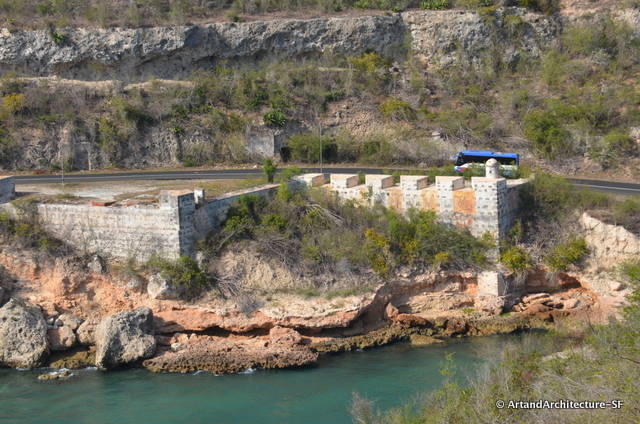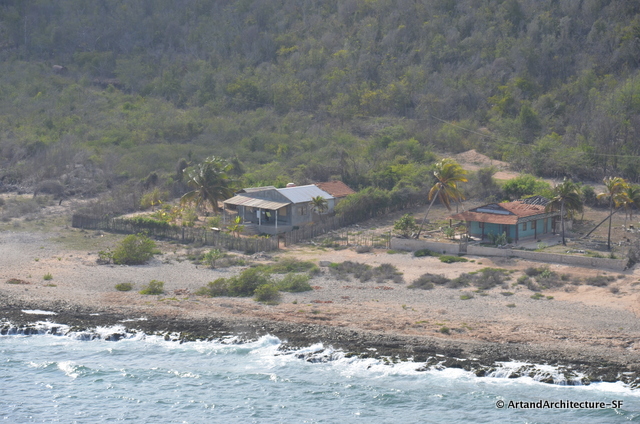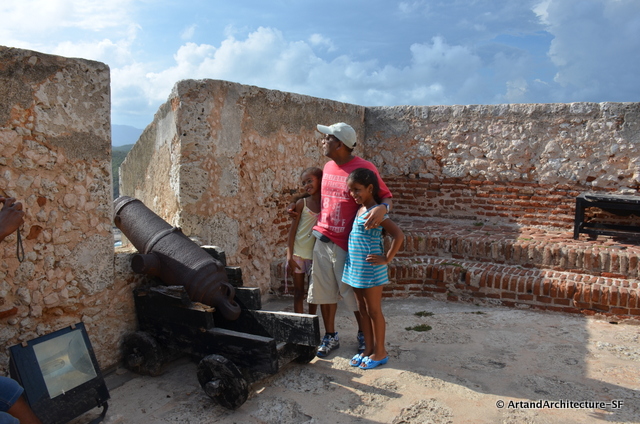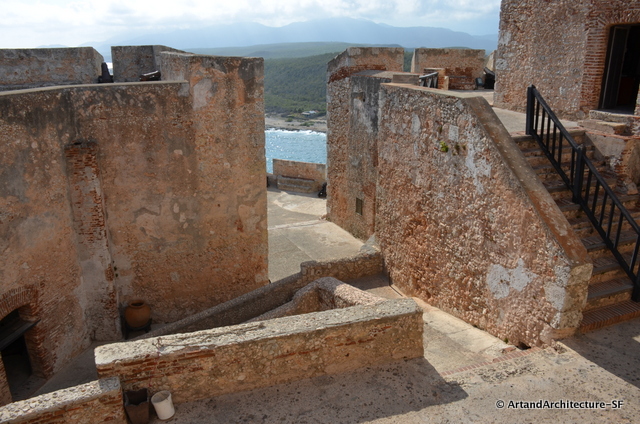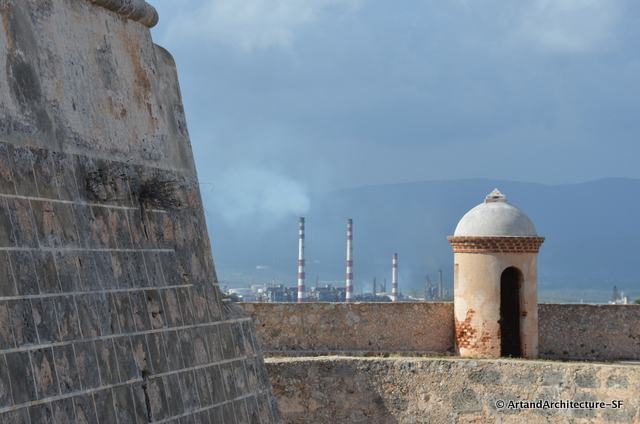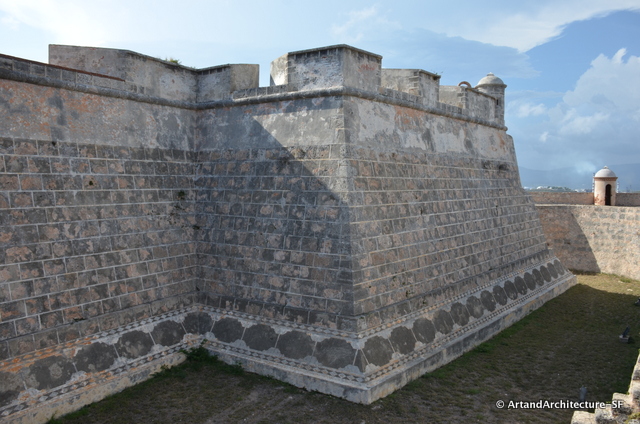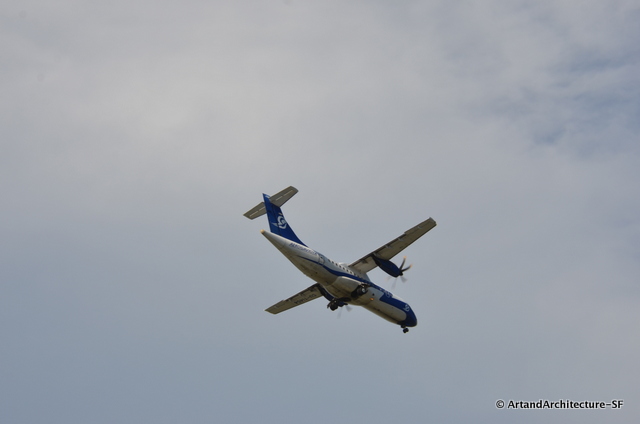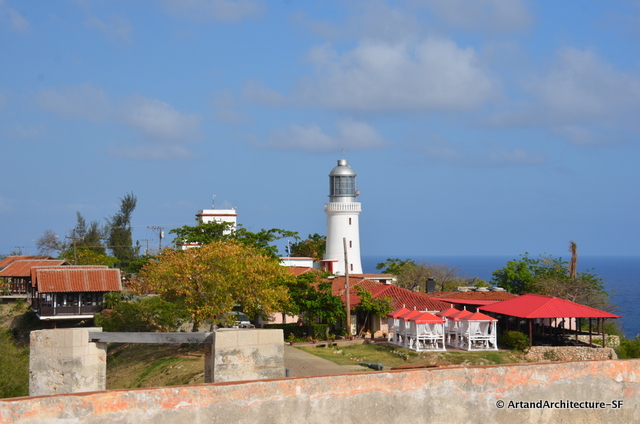Strategically located on a cliff top, the structure, Castillo de San Pedro del Morro, took 62 years to build and was completed at the end of the 17th century.
It was designed in 1637 by Italian engineer, Giovanni Battista Antonelli, as a defense against raiding pirates, although an earlier, smaller, fortification had been built on the spot between 1590 and 1610.
The fort, built on the steep sides of the promontory (morro) has four main levels and three large bulwarks for housing artillery. Supplies would be delivered by sea and then stored in a large warehouse, which was cut directly into the rock.
During the 20th century the El Morro fell into decay, but it was restored during the 1960s by Francisco Prat Puig. The fortress was declared a UNESCO World Heritage Site in 1997, and was cited as the best preserved and most complete example of Spanish-American military architecture.
The fort’s true name is Castillo de San Pedro de la Roca
Although originally intended to protect against pirate attacks, El Morro served as a prison in the late 1700s, with a gruesome history of torture.
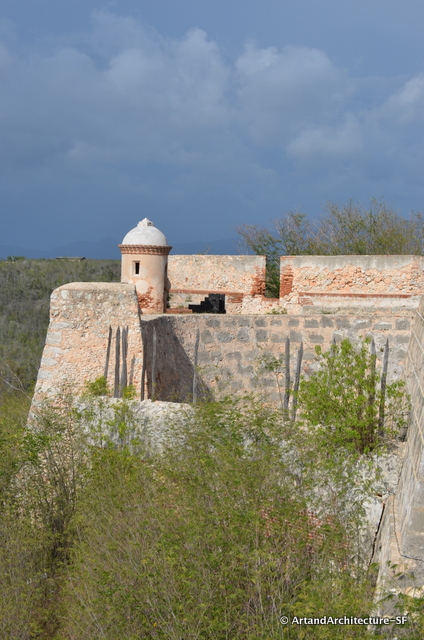
*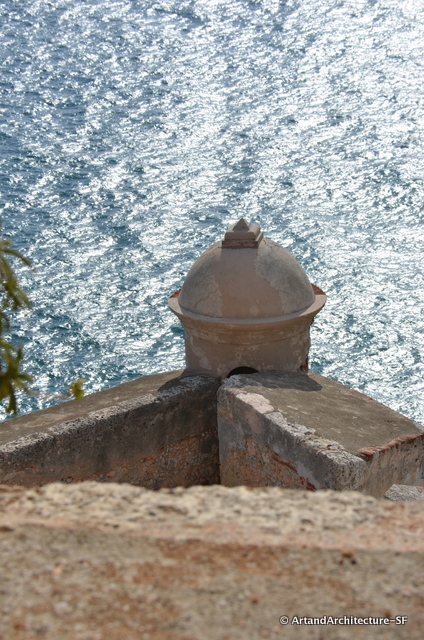 *
*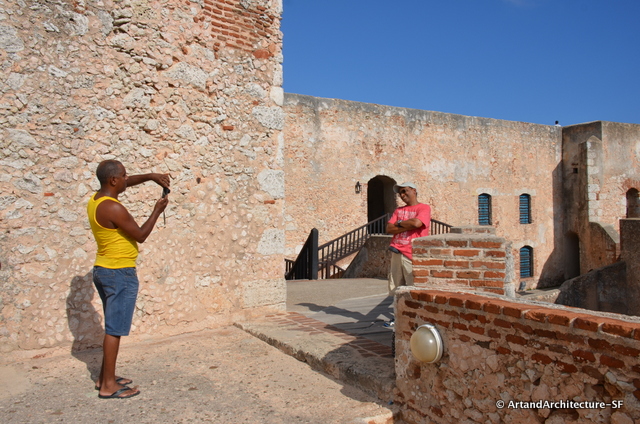 Roberto making sure Otis has pictures to take back home with him to remind him of how hot and tired we all were that day.
Roberto making sure Otis has pictures to take back home with him to remind him of how hot and tired we all were that day.
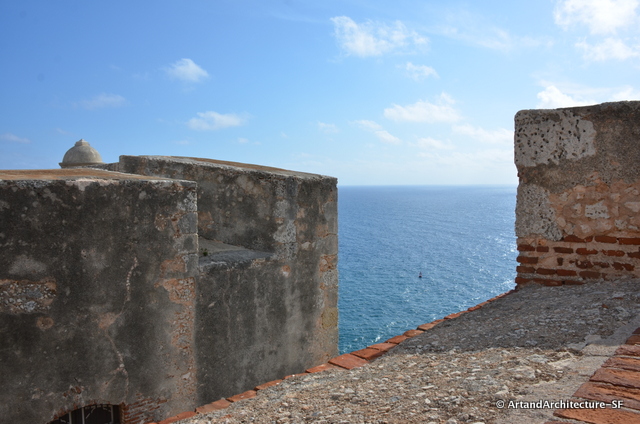 *
*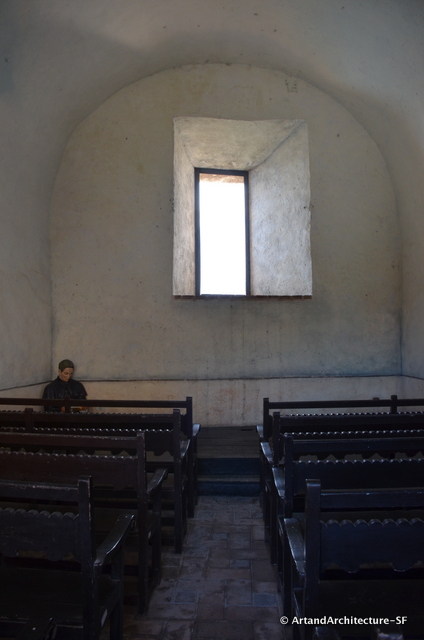 Even though they show this as a chapel, I do not believe the Spaniards would have given up such a strategic window for that purpose.
Even though they show this as a chapel, I do not believe the Spaniards would have given up such a strategic window for that purpose.
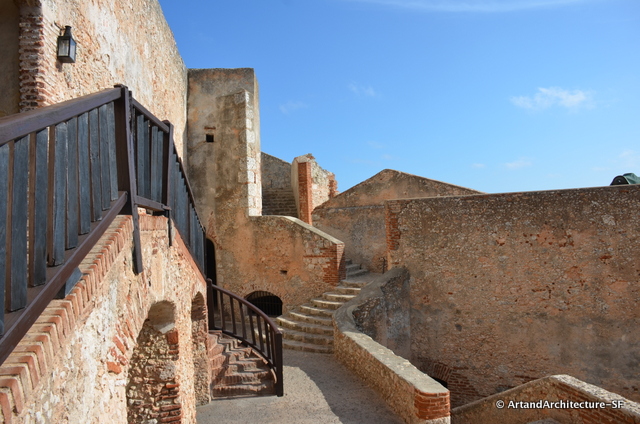
El Morro is about 6 miles out of town and very near the airport, so planes approach directly overhead.
When visiting, keep in mind, there is a cannon firing ceremony at sundown, which sadly we did not get to witness.
The lighthouse was added in 1840.
